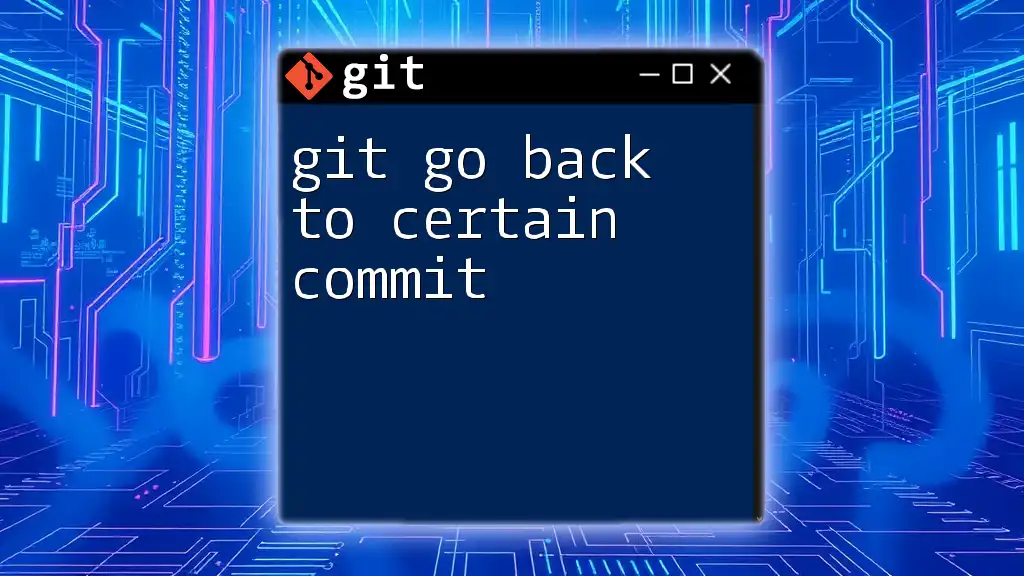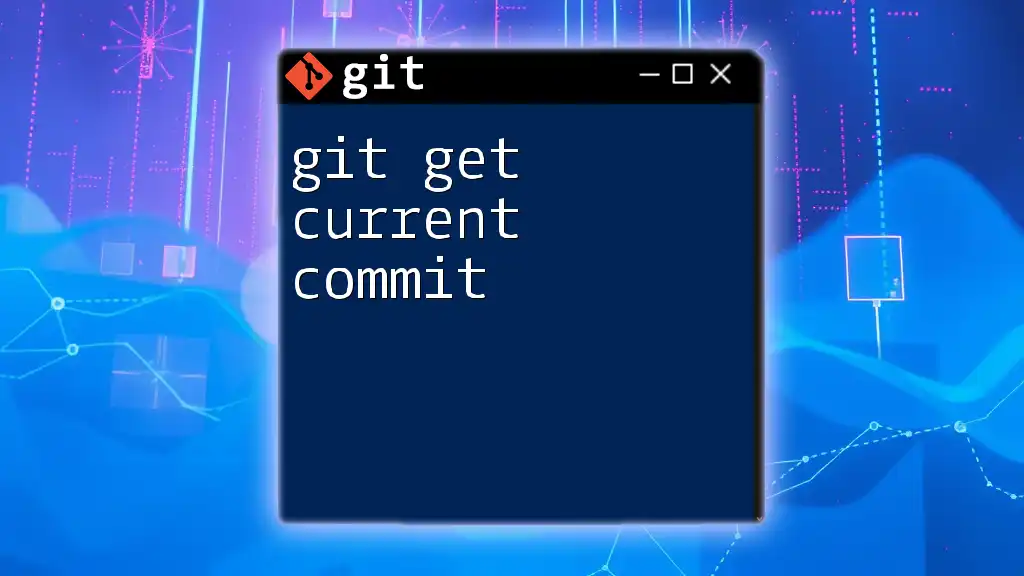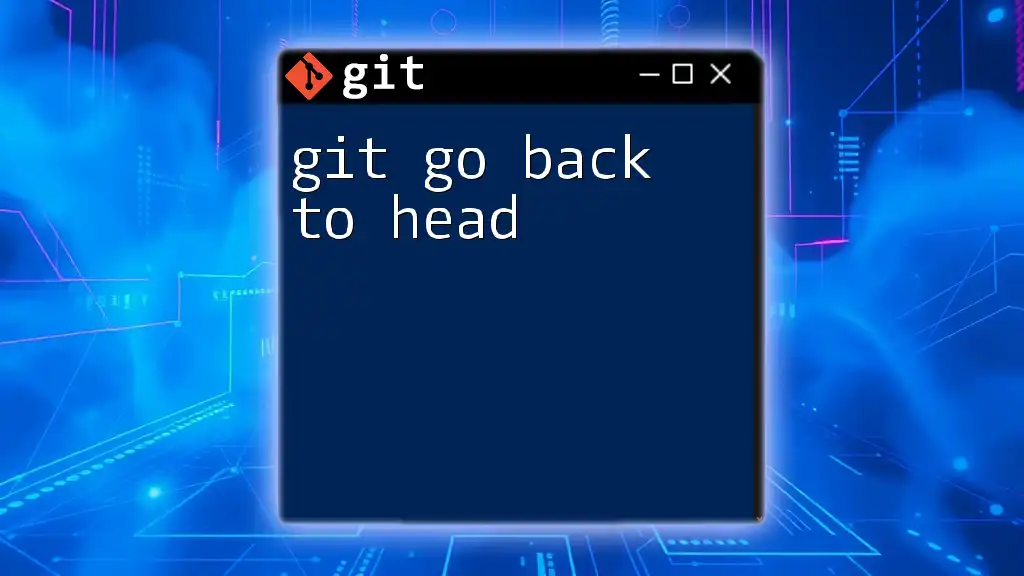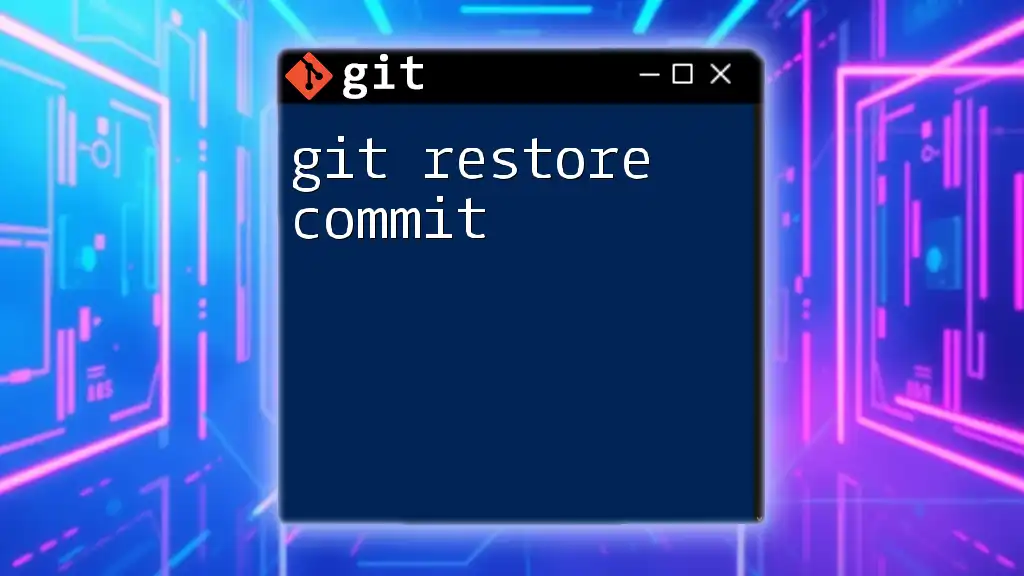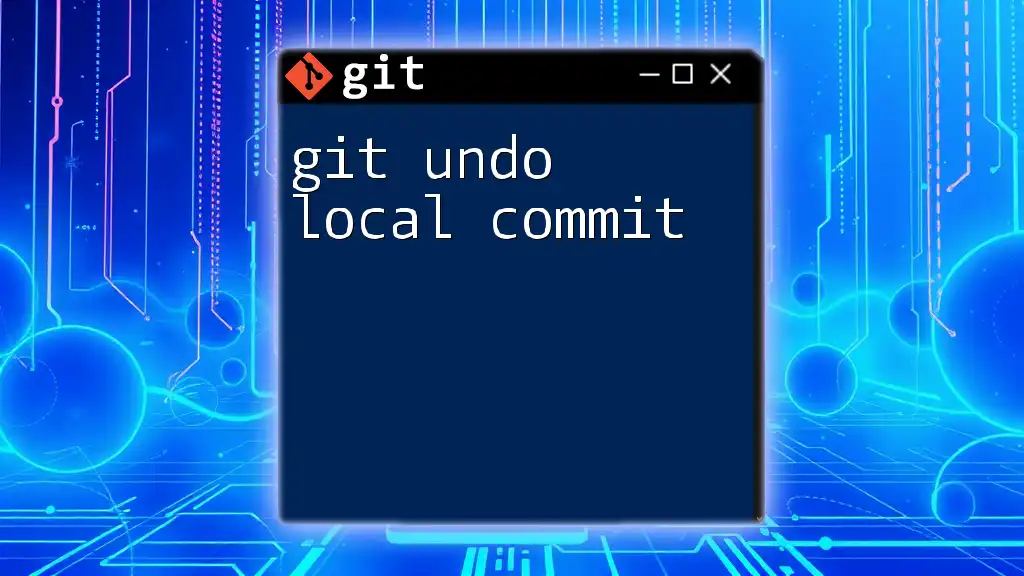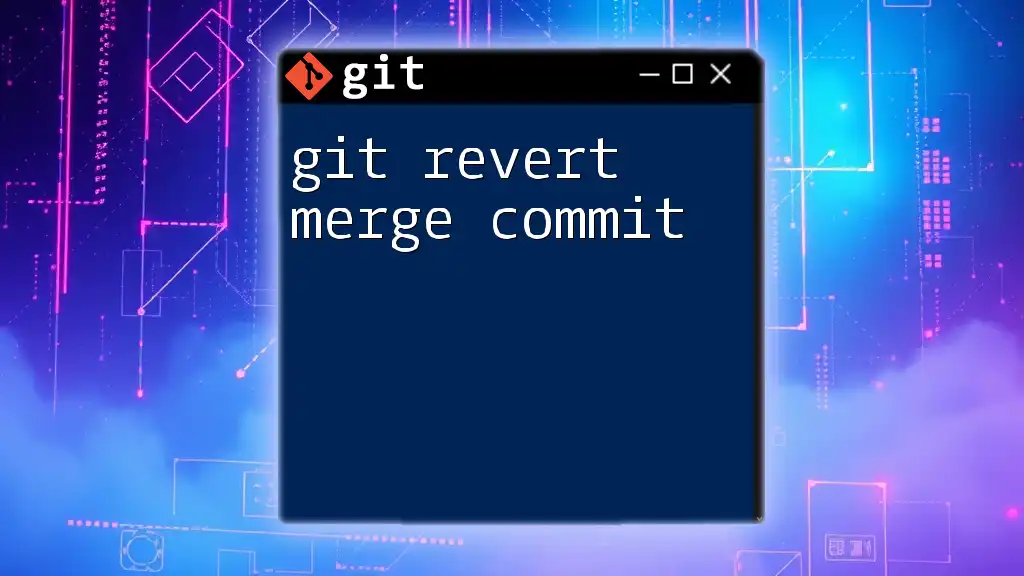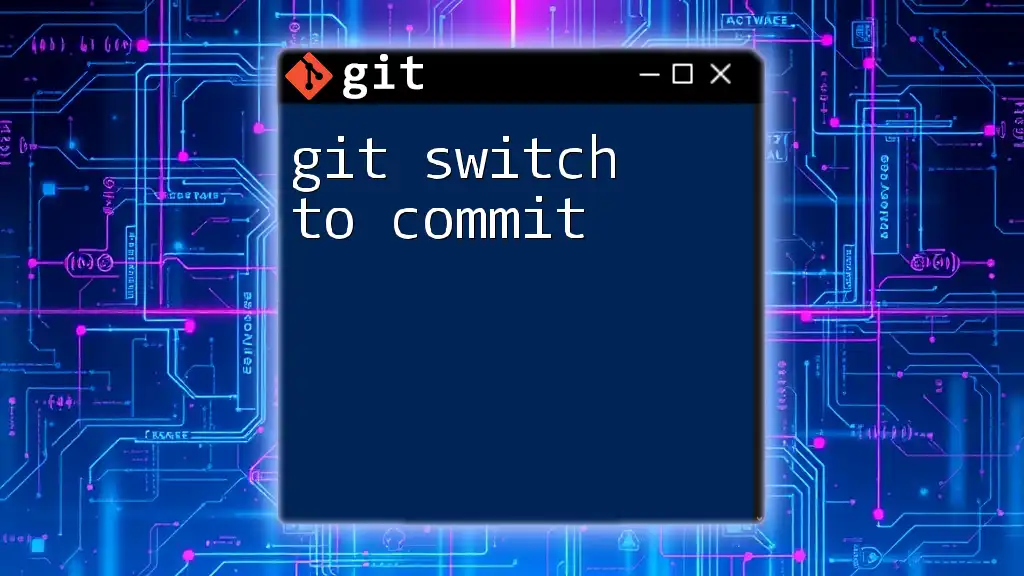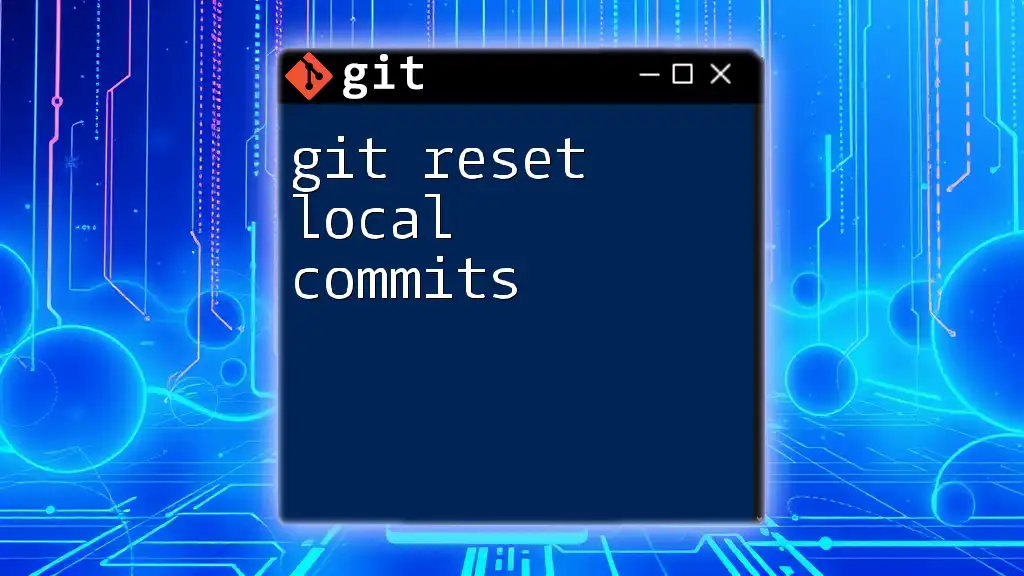To revert your Git repository to a specific commit, use the following command with the desired commit hash.
git checkout <commit-hash>
Understanding Git Commits
What is a Git Commit?
A commit in Git represents a snapshot of your project at a given point in time. Each commit contains a unique identifier (known as a hash), a timestamp, and a message describing the changes made. Commits allow developers to track the history of their project, enabling them to revert to previous states when necessary.
Commits consist of two primary components: the content of the changes made (the actual files modified) and the commit message, which should convey the purpose of the changes. Good commit messages are crucial for later reference, especially when the project evolves over time.
How to View Your Commit History
To see the history of commits in your Git repository, you can use the `git log` command. This command will display a chronological list of all commits, starting from the most recent.
Here’s how you can use it:
git log
The output will show you the commit hash, author, date, and the commit message. Additionally, you can customize the output using options such as `--oneline` for a condensed view, or `--graph` to visualize branching:
git log --oneline --graph
This will help you identify the specific commit you want to revert to.
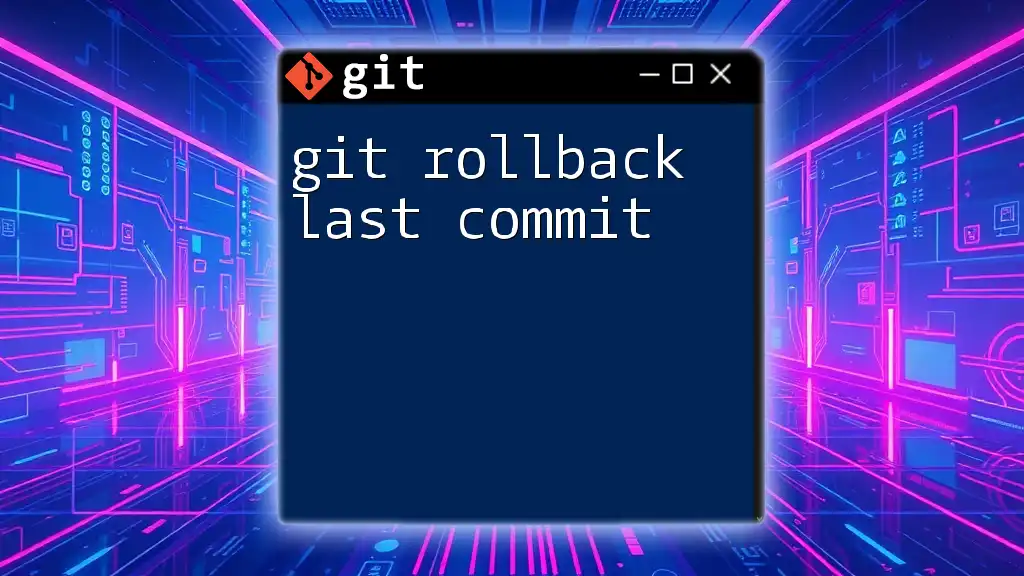
Methods to Go Back to a Certain Commit
Checkout a Commit
Checkout is one of the primary ways to go back to a certain commit. It allows you to navigate between the branches and commits of your project. When you checkout a commit, your working directory reflects the state of the repository at that particular commit.
How to Checkout a Commit:
To go back to a certain commit, you can use the following command:
git checkout <commit_hash>
For example, if the commit hash you wish to checkout is `a1b2c3d`, you would enter:
git checkout a1b2c3d
Caution: This action detaches your HEAD--meaning any new commits made after this will not belong to any branch unless you create a new one. Be careful with this command, as it can lead to confusion if you're not aware of the implications.
Creating a New Branch from a Commit
If you want to experiment with changes from a specific commit but don’t want to disrupt your main branch, you can create a new branch from that commit. This preserves the commit history while allowing you to test or enhance it.
Command to Create a Branch:
git checkout -b <new_branch_name> <commit_hash>
For instance:
git checkout -b feature-branch a1b2c3d
This command creates a new branch called `feature-branch` starting from the commit `a1b2c3d`, allowing you to work independently without affecting the master branch.
Resetting to a Commit
Resetting is another way to revert to a certain commit, affecting both your working directory and the staging area. Git offers three types of resets: soft, mixed, and hard.
-
Soft Reset: Keeps changes in your working directory and index.
git reset --soft a1b2c3dUse this when you want to go back to a commit but keep your changes staged.
-
Mixed Reset: Resets the index but not the working directory.
git reset --mixed a1b2c3dIdeal when you want to undo the commit and unstage the changes.
-
Hard Reset: Resets both the index and the working directory to the specified commit, effectively discarding all subsequent changes.
git reset --hard a1b2c3dBe cautious! This will permanently erase any changes made after the specified commit.
Reverting a Commit
Reverting is a safer alternative as it creates a new commit that undoes the changes made in a previous commit without losing any history. This is particularly useful for undoing mistakes in a public shared branch.
How to Revert a Commit: To revert a commit, run the following command:
git revert <commit_hash>
For example:
git revert a1b2c3d
This action adds a new commit that inverses the changes made in `a1b2c3d`, keeping your commit history intact.

Differences Between Checkout, Reset, and Revert
It's essential to understand the differences between these methods to choose the right approach when needed:
- Checkout: Moves your HEAD to a specified commit but can lead to a detached HEAD state. Useful for exploring files at a commit without making permanent changes.
- Reset: Changes the current branch's commit history. Soft and mixed resets keep some changes, while hard resets discard them. A more disruptive option that is best used cautiously.
- Revert: Adds a new commit that undoes changes from a previous commit. Safe for shared branches, as it retains the entire history.
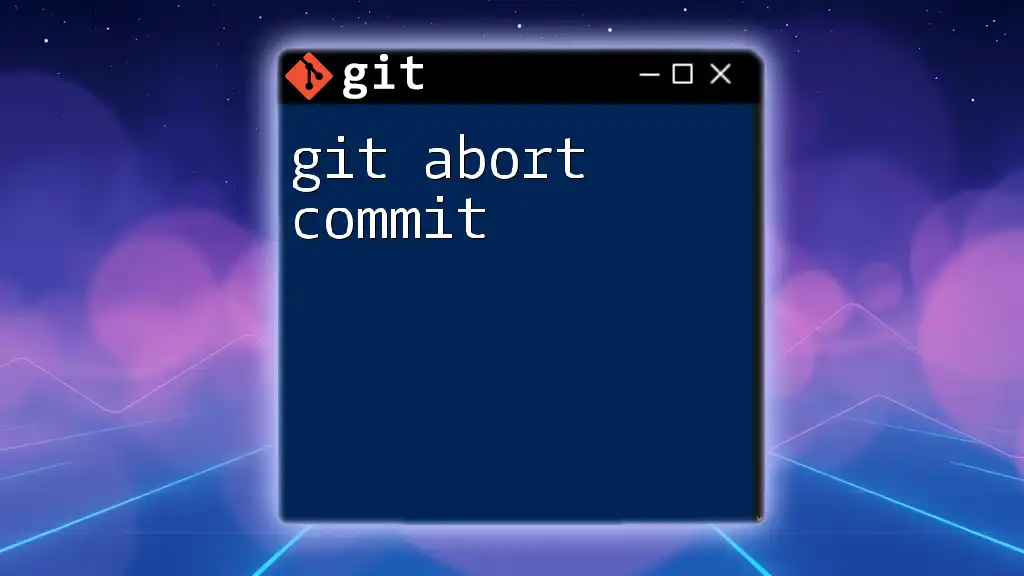
Conclusion
In summary, knowing how to git go back to a certain commit is a crucial skill for effectively managing your codebase. Whether you choose to checkout, reset, or revert, each command offers different powers and safety levels depending on your needs. Always remember to use these commands with care, and maintain good practices like clear commit messages and backup branches to keep your project history organized. Dive into these methods and empower yourself to navigate your Git repository with confidence!

Additional Resources
For those looking to deepen their understanding of Git, consider exploring the [official Git documentation](https://git-scm.com/doc) and other resources, including online courses and tutorials that discuss version control in greater detail. Understanding these concepts will significantly improve your workflow and make collaborating easier.

